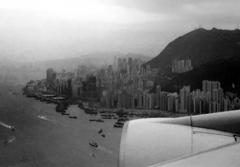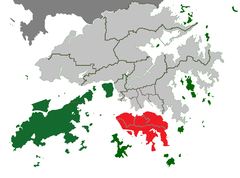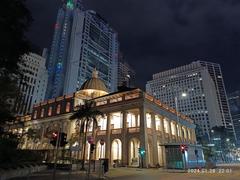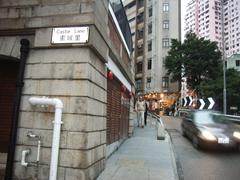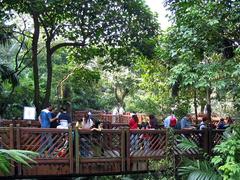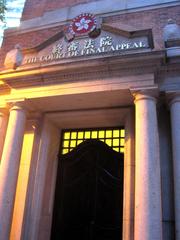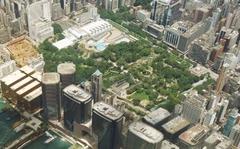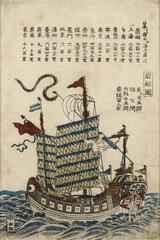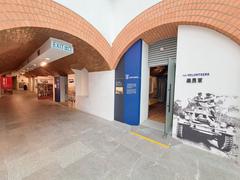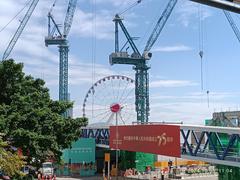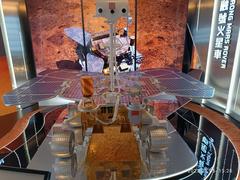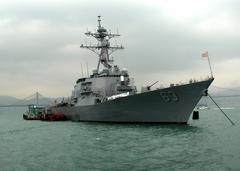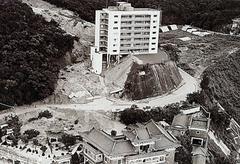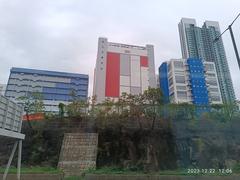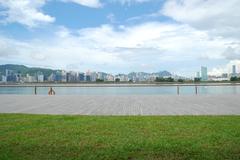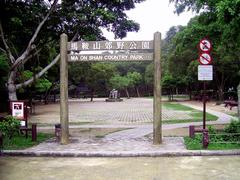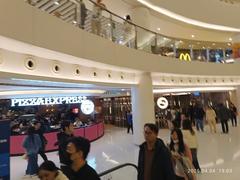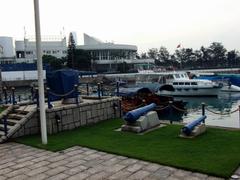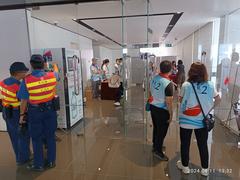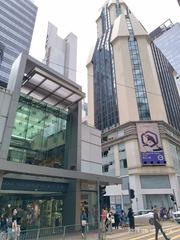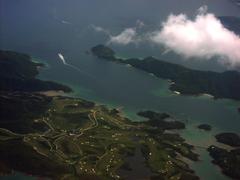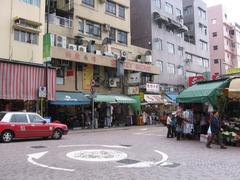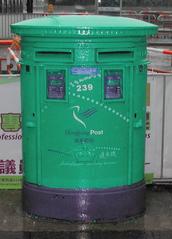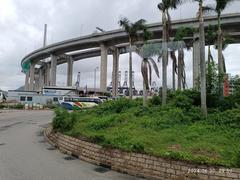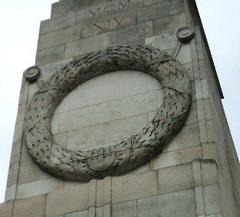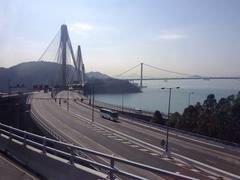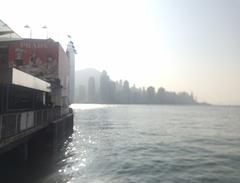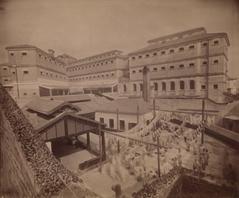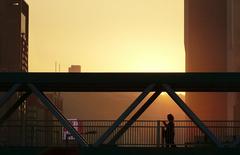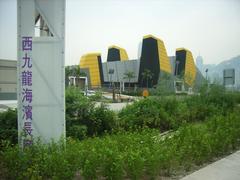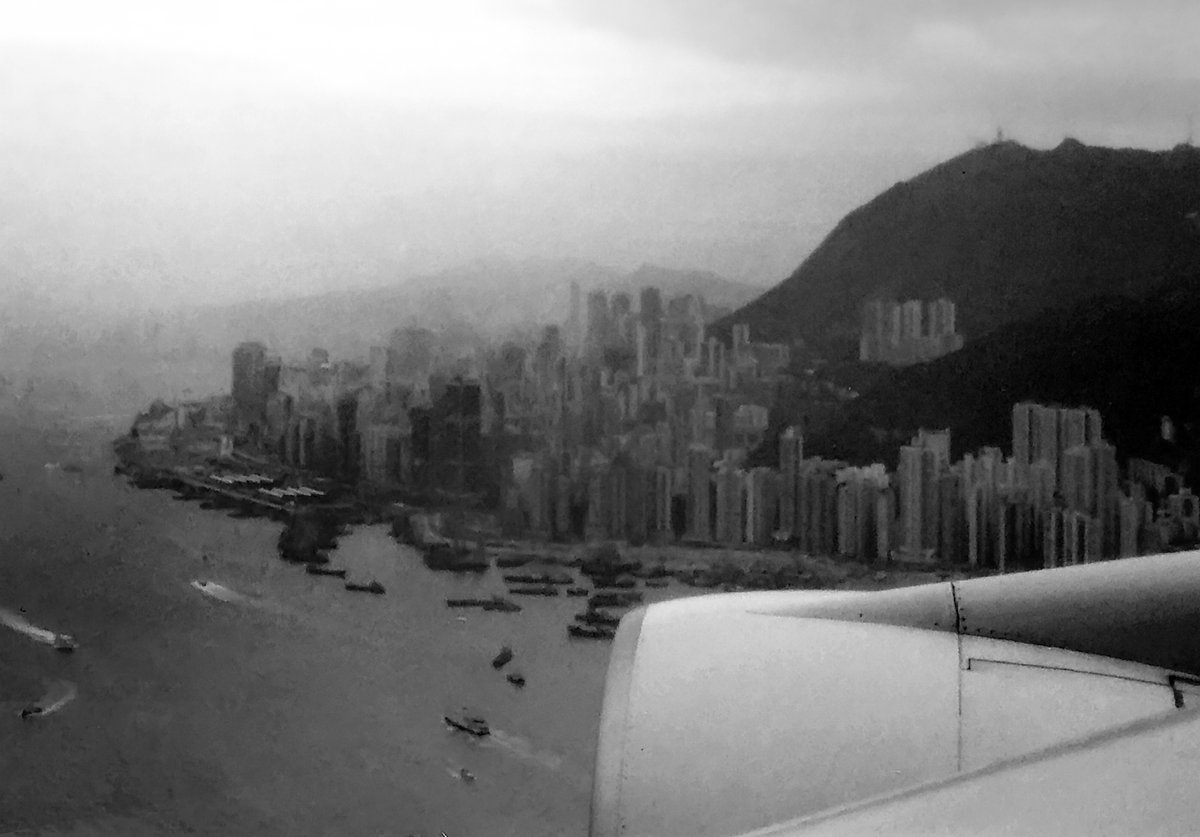
Repulse Bay Beach Visiting Hours and Travel Tips
Publication Date: 25/07/2024
Introduction to Repulse Bay Beach
Repulse Bay Beach, known locally as 淺水灣泳灘 (Tsin Shui Wan), is one of Hong Kong’s most iconic and picturesque destinations. Located in the Southern District of Hong Kong Island, this crescent-shaped beach offers a unique blend of natural beauty, rich history, and modern amenities. The beach is named after a British Royal Navy ship, HMS Repulse, although the exact historical details remain a subject of debate (Wikipedia). Over the years, Repulse Bay has transformed from a strategic military site during World War II into a luxurious residential and recreational area, making it a must-visit for both locals and tourists. Visitors can enjoy a wide range of activities, from sunbathing and swimming to exploring cultural landmarks like the Kwun Yam Shrine and the nearby Tin Hau Temple. The area is also home to The Pulse, Hong Kong’s first beachside shopping mall, offering a variety of dining and shopping options with stunning views of the bay. Whether you’re interested in historical landmarks, recreational activities, or simply looking to relax by the sea, Repulse Bay Beach promises a memorable experience for all visitors.
In This Guide
- Introduction
- History of Repulse Bay Beach
- Early Development and Naming
- Transformation into a Beach Resort
- World War II and Strategic Importance
- Post-War Development and Modernization
- The Repulse Bay Hotel and The Pulse
- Cultural Significance and Literary References
- Tragic Incidents
- Modern-Day Repulse Bay
- Architectural Highlights
- Kwun Yam Shrine
- Transportation and Accessibility
- Visitor Tips
- FAQ
- Conclusion
History of Repulse Bay Beach
Early Development and Naming
Repulse Bay’s English name is surrounded by mystery, with theories but no definitive evidence. One popular story suggests it was named after HMS Repulse, a British Royal Navy ship, although no such ship was ever stationed there (Wikipedia).
Transformation into a Beach Resort
In the early 20th century, Repulse Bay began its transformation into a beach resort. The Hong Kong Golf Club opened in 1898 in the valley behind Deep Water Bay, marking the area’s rise as a social hub. By the 1910s, Repulse Bay was developed into a beach, and the Repulse Bay Hotel was built by the Kadoorie family in 1920, attracting notable guests like Ernest Hemingway and Marlon Brando (Wikipedia).
World War II and Strategic Importance
During World War II, Repulse Bay was strategically important in the Battle of Hong Kong, with the Repulse Bay Hotel repurposed by the Japanese as a military hospital (Wikipedia).
Post-War Development and Modernization
After the war, Repulse Bay evolved further. The beach was artificially extended, resulting in coarser sand near the shore and finer sand further away. Today, it stretches approximately 292 meters, making it one of Hong Kong’s longest beaches (Wikipedia).
The Repulse Bay Hotel and The Pulse
The Repulse Bay Hotel, a symbol of colonial architecture, was demolished in stages during the 1970s and 1980s. It was replaced by a boutique shopping mall, The Pulse, which opened in 2014 and is Hong Kong’s first beachside shopping mall (Hong Kong Travel Blog).
Cultural Significance and Literary References
Repulse Bay has a place in literature and culture, notably in Eileen Chang’s novel ‘Love in a Fallen City,’ set at the Repulse Bay Hotel (Wikipedia).
Tragic Incidents
Repulse Bay has witnessed tragic incidents, such as the drowning of a 14-year-old schoolboy in 1999 and a 27-year-old man in 2004 (Wikipedia).
Modern-Day Repulse Bay
Today, Repulse Bay is one of the world’s most expensive residential areas, attracting affluent residents and tourists. In 2018, twin townhouses were sold for HK$1 billion (US$127 million), highlighting the area’s high real estate value (Wikipedia).
Architectural Highlights
Repulse Bay features architectural highlights such as The Lily, designed by Norman Foster, which opened in 2010 (Hong Kong Travel Blog).
Kwun Yam Shrine
At the southeastern end of Repulse Bay Beach lies the Kwun Yam Shrine, featuring statues of Kwun Yam and Tin Hau, each over 10 meters high (Hong Kong Travel Blog).
Transportation and Accessibility
Repulse Bay is easily accessible by buses 6, 6A, 6X, 66, or 260 from various parts of Hong Kong Island. It is also a short ride from the Central District (Discover Hong Kong).
Visitor Tips
For a pleasant visit to Repulse Bay, it is advisable to go on weekdays to avoid the weekend crowds. Carrying sunscreen, a hat, and sunglasses is recommended. Public restrooms and changing facilities are available, and visitors should heed red flag warning signs indicating unsafe swimming conditions. Respecting local customs, especially at the Tin Hau Temple, is important (HK City Guide).
FAQ
What are the visiting hours for Repulse Bay? Repulse Bay Beach is open 24/7, but facilities such as restaurants and shops may have their own operating hours.
Is there an entrance fee for Repulse Bay Beach? No, entry to Repulse Bay Beach is free.
What nearby attractions can visitors explore? Nearby attractions include Deep Water Bay, Ocean Park, and the historic Stanley Market.
Conclusion
Repulse Bay Beach stands out not only for its natural beauty and recreational facilities but also for its cultural, environmental, and architectural significance. Whether you are looking to relax, explore cultural sites, or enjoy modern amenities, Repulse Bay offers a comprehensive and memorable experience for all visitors. For more information and updates, visit the official Repulse Bay Beach website or follow on social media.
Reliable Sources
- Wikipedia. (n.d.). Repulse Bay. Retrieved from Wikipedia
- Discover Hong Kong. (n.d.). Repulse Bay. Retrieved from Discover Hong Kong
- Hong Kong Travel Blog. (n.d.). Repulse Bay: Nature, Architecture, and Culture. Retrieved from Hong Kong Travel Blog
- China Highlights. (n.d.). Repulse Bay. Retrieved from China Highlights
- Trip.com. (n.d.). Repulse Bay. Retrieved from Trip.com
- Where and When. (n.d.). Best Time to Visit Repulse Bay Beach. Retrieved from Where and When
